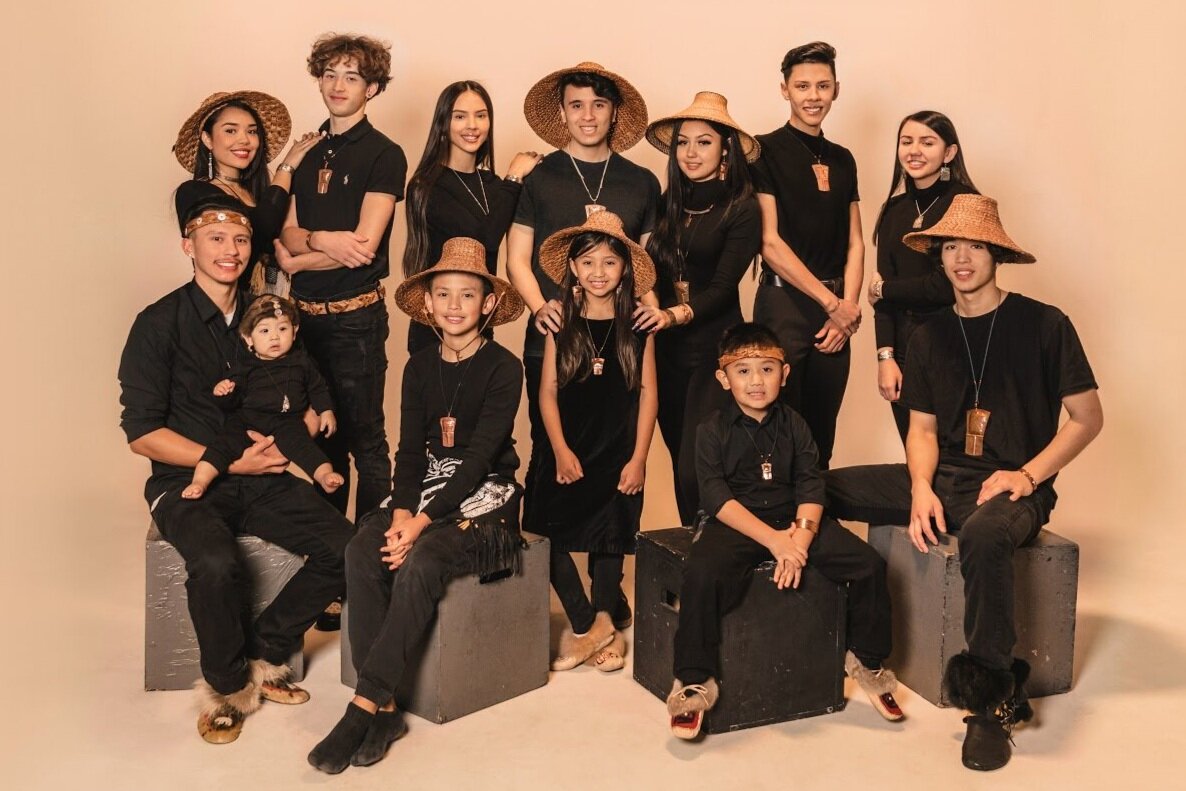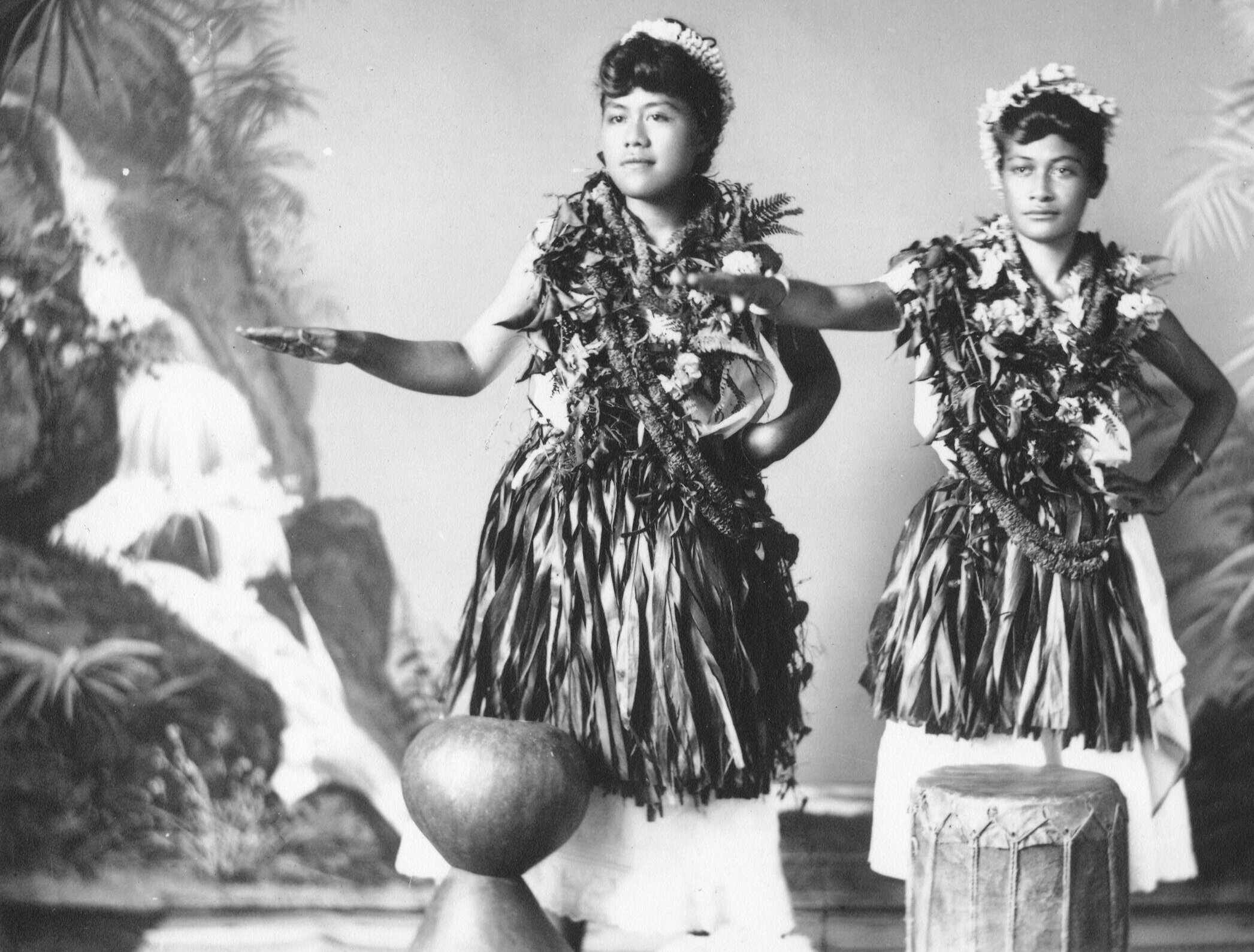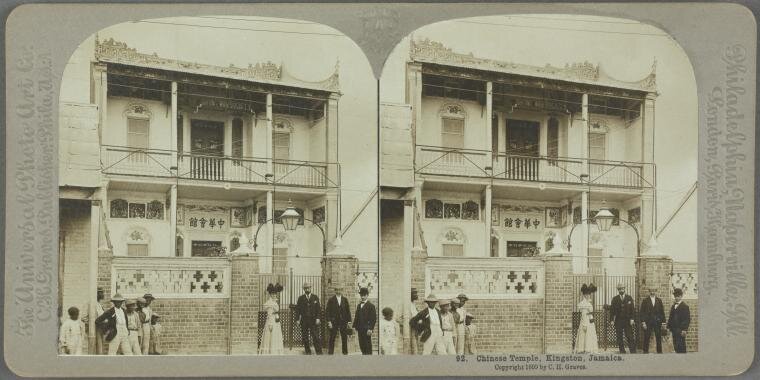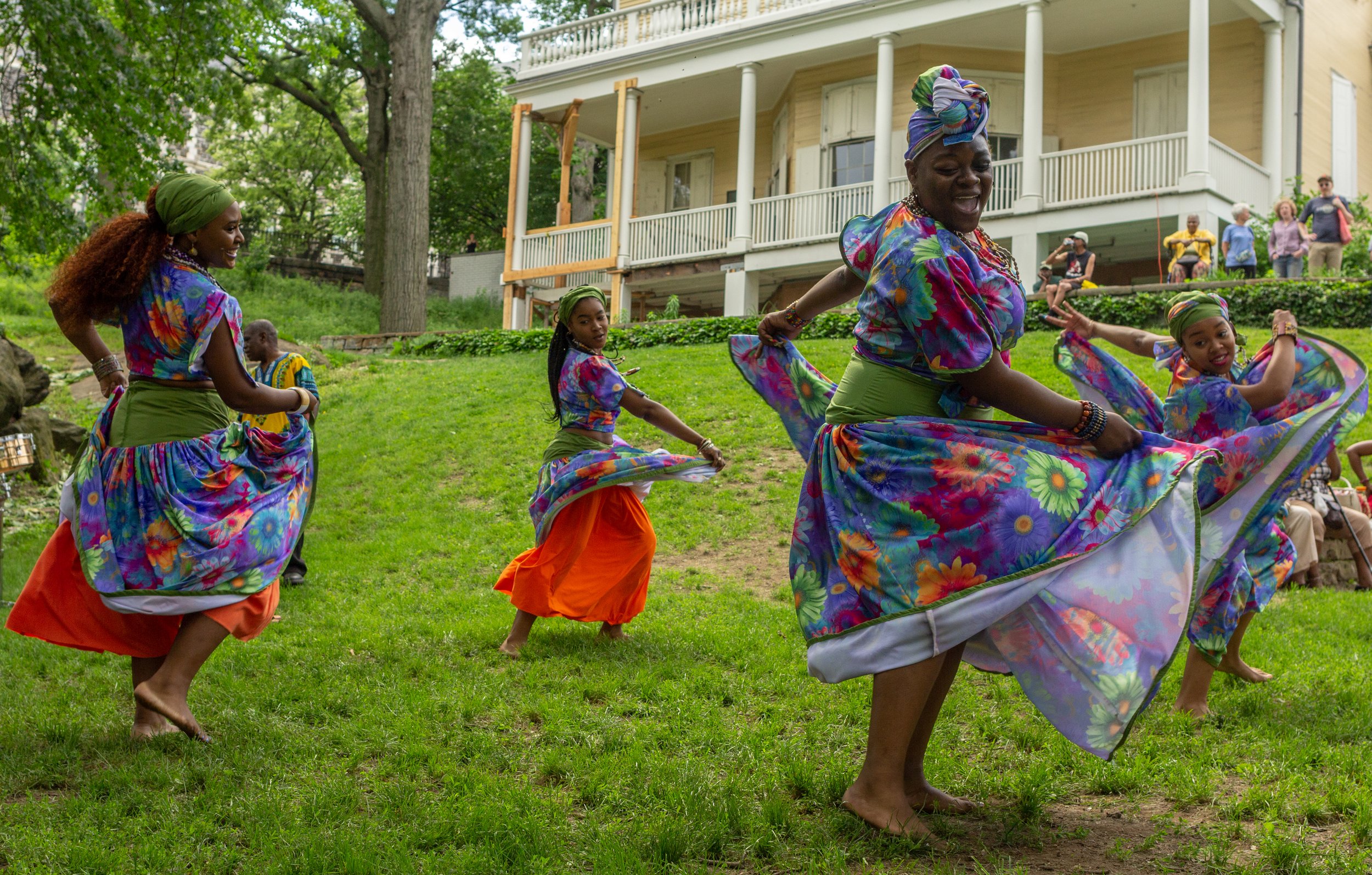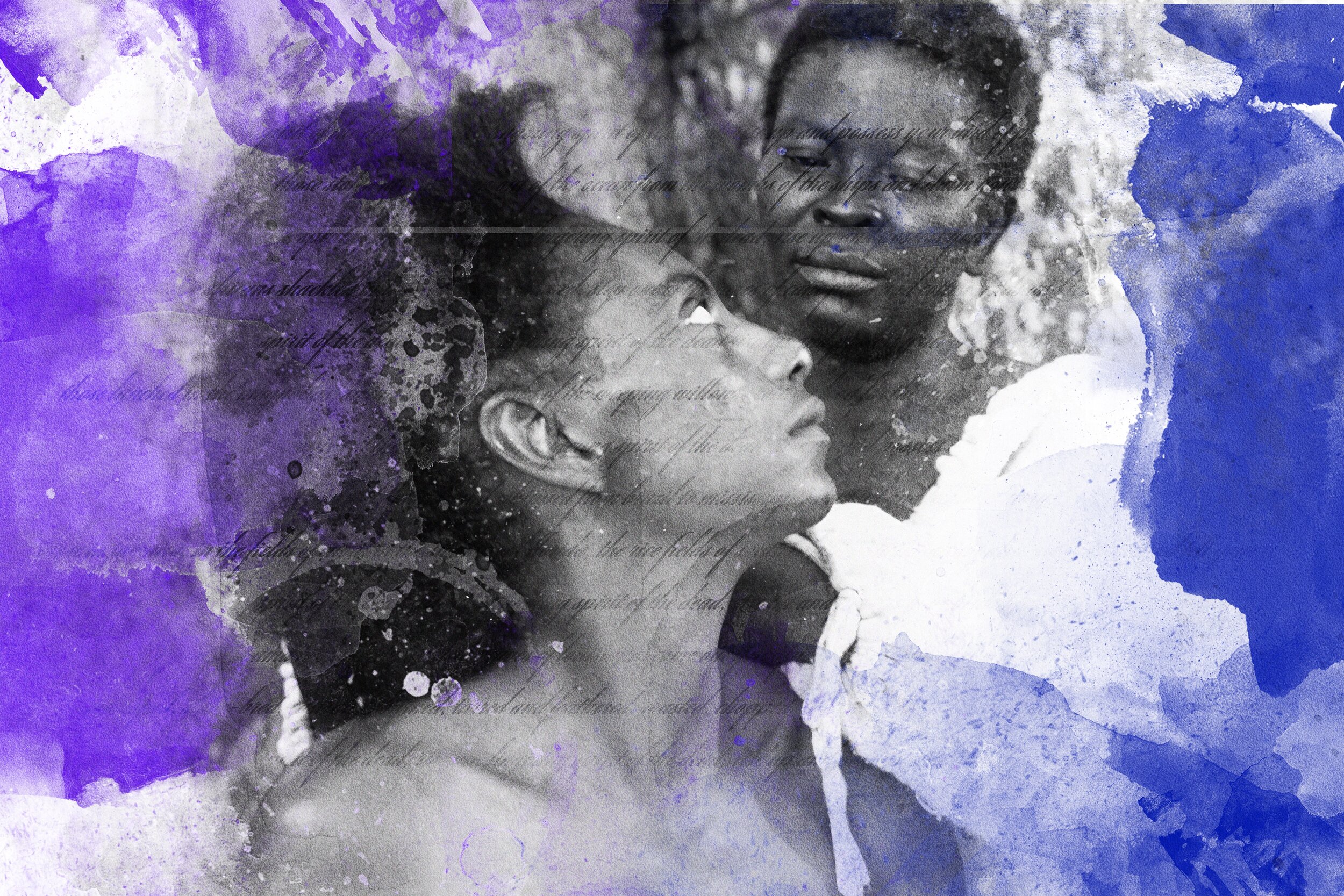LESSON ONE • ACTIVITY TWO
Decolonize the Narrative
Collecting oral histories is a form of resistance. When learners uncover truth through self-discovery, they reframe narratives and change the way history is remembered and taught. Oral histories are essential to supplement and challenge narratives developed by scholars who often exclude the voices of those who are marginalized.
LESSON ONE • ACTIVITY TWO
Decolonize the Narrative
Collecting oral histories is a form of resistance. When learners uncover truth through self-discovery, they reframe narratives and change the way history is remembered and taught. Oral histories are essential to supplement and challenge narratives developed by scholars who often exclude the voices of those who are marginalized.
OBJECTIVE: Learn techniques used to collect oral histories within families and in communities.
PARTICIPANTS WILL: Learn how to collect personal narratives, then interview a family member or community member and post the interview online.
What is Embodied Memory?
“For thousands of years, indigenous people have told and retold stories through oral traditions (chants, stories, sounds) and embodied physical movements (dance). Despite colonization and marginalization of indigenous people within their nations, these traditional practices have served and continue to serve as vehicles for transmitting genealogical and cultural knowledge. It is because of these oral traditions that indigenous people are able to perpetuate and promote their cultural practices and language.”
—Kim-Hee Wong, Oral Historian, Columbia Center for Oral History Research
Learn More: Read the blog post, Embodied Storytelling is Not New
“For thousands of years, indigenous people have told and retold stories through oral traditions (chants, stories, sounds) and embodied physical movements (dance). Despite colonization and marginalization of indigenous people within their nations, these traditional practices have served and continue to serve as vehicles for transmitting genealogical and cultural knowledge. It is because of these oral traditions that indigenous people are able to perpetuate and promote their cultural practices and language.”
—Kim-Hee Wong, Oral Historian, Columbia Center for Oral History Research
Learn More: Read the blog post, Embodied Storytelling is Not New
In Cultural Memories: The Geographical Point of View, Knowledge and Space researchers acknowledge that “uncovering the historical experiences of marginalized communities, previously silenced because of their ethnicity, religion, gender or sexuality, is now a primary objective of historical inquiry,” reinforcing the desire by average people to reclaim a sense of self through exploration of family and community.
They further acknowledge that “this change has necessitated an increased level of systematic analysis of different kinds of nontextual evidence, from oral testimonies to the many other nonwritten ways in which intergenerational individual and collective memories have been articulated.”
Steeped in traditions from griots of countries such as Ghana and of indigenous peoples around the world, oral communication through storytelling, music and even food is critical to preserving and learning about the past.
Today, ‘neo griots’ have a tremendous responsibility in capturing stories to preserve historic events. From recording interviews with elders about history and community to collecting recipes in a foodways exercise, the hope is that learners will leave with new knowledge of their family, their surroundings and themselves.”
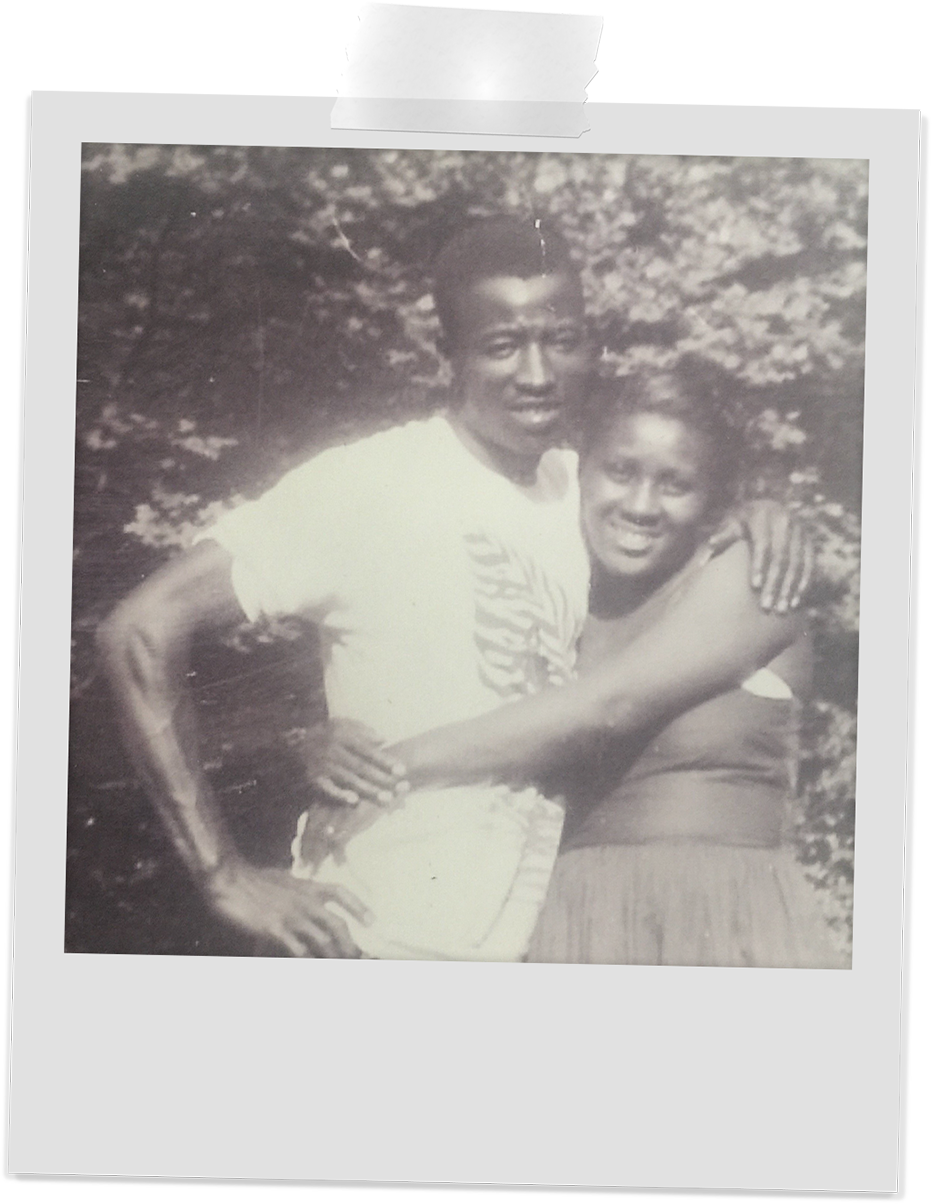
The activities below will educate individuals of every age on successful concepts in oral history collection. Learners will be empowered to seek out the stories of others, record stories and place them within a historical context.
The activities below will educate individuals of every age on successful concepts in oral history collection. Learners will be empowered to seek out the stories of others, record stories and place them within a historical context.
PROCEDURES:
Step 1: Read the article How a First Nations Restaurateur Found Her Family Through Food and learn how Inez Cook, a member of the Nuxalk Nation, one of the First Nations of Canada, found her First Nations family through foodways. Taken from her birth family as an infant in what is called the “Sixties Scoop,” Cook discovered her heritage while creating and serving recipes at her restaurant.
Step 2: Using the buttons below, learn best practices for collecting oral histories from Oral Historian Andre Taylor. Explore the activities for young and adult learners.

Reflection Questions:
- 1. Is there someone you know (or have seen on television) that knows how to tell a good story?
- 2. What makes their stories interesting or engaging?
- 3. How does capturing the oral history of someone contribute to society beyond your own family or neighborhood?
- 4. What could be done in your community to ensure its history is not forgotten?
Digging Deeper
Want to learn more? Use these resources to explore more narratives and oral histories.
Oral historian Kim Hee-Wong writes, “For thousands of years, indigenous people have told and retold stories through oral traditions (chants, stories, sounds) and embodied physical movements (dance). Despite colonization and marginalization of indigenous people within their nations, these traditional practices have served and continue to serve as vehicles for transmitting genealogical and cultural knowledge. It is because of these oral traditions that indigenous people are able to perpetuate and promote their cultural practices and language.“
Watch the short film The Hula is More Than Dance and learn how the Hula has kept the history of indigenous Hawaiians alive.
Chinese Jamaican Oral History
Photo: Schomburg Center for Research in Black Culture, Photographs and Prints Division, The New York Public Library. (1899). Chinese Temple, Kingston, Jamaica.
In this project, oral historian Daniel Clarkson Fisher charts the arrival of Chinese migrants to the Caribbean in 1806 through present-day Canada, via a collection of recorded interviews. He writes, “Obviously, there are necessarily complicated issues of and diverse opinions about identity/-ies within the (Canadian) Chinese Jamaican community as well; an ongoing oral history project, then, allows a diverse and ever-expanding collection of narrators to speak about matters of identity in their own way and in their own time.”
Listen to a collection of oral history interviews by visiting the Chinese Jamaican Oral History Project.
Garifuna Communities
Photo: National Park Service, 2018. Hamilton Grange National Memorial: Dancers perform dances from Caribbean islands, including the island of Nevis, where Alexander Hamilton was born.
The Garifuna people, from the Caribbean island of Saint Vincent, are of mixed African and indigenous ancestry. Garifuna communities exist across Central and North America, including in the United States, Canada, Honduras, Costa Rica, Nicaragua and Belize.
Learn more about the history of the Garifuna by viewing this video from the Freedom is Mine YouTube Channel.
Additionally, learners can hear a collection of oral history interviews by documentary filmmaker Andrea E. Leland. Listen to her first-person interview with Dr. Cadrin Gill, a “Kalingo originally from Sandy Bay, a Carib village in St. Vincent.” This interview, which spans over two hours, contains a 49-page transcript and culminates with a feature documentary that can be viewed through your local library and the video service Kanopy.
The Hula as Oral History
Oral historian Kim Hee-Wong writes, “For thousands of years, indigenous people have told and retold stories through oral traditions (chants, stories, sounds) and embodied physical movements (dance). Despite colonization and marginalization of indigenous people within their nations, these traditional practices have served and continue to serve as vehicles for transmitting genealogical and cultural knowledge. It is because of these oral traditions that indigenous people are able to perpetuate and promote their cultural practices and language.“
Watch the short film The Hula is More Than Dance and learn how the Hula has kept the history of indigenous Hawaiians alive.
Chinese Jamaican Oral History
Photo: Schomburg Center for Research in Black Culture, Photographs and Prints Division, The New York Public Library. (1899). Chinese Temple, Kingston, Jamaica.
In this project, oral historian Daniel Clarkson Fisher charts the arrival of Chinese migrants to the Caribbean in 1806 through present-day Canada, via a collection of recorded interviews. He writes, “Obviously, there are necessarily complicated issues of and diverse opinions about identity/-ies within the (Canadian) Chinese Jamaican community as well; an ongoing oral history project, then, allows a diverse and ever-expanding collection of narrators to speak about matters of identity in their own way and in their own time.”
Listen to a collection of oral history interviews by visiting the Chinese Jamaican Oral History Project.
Garifuna Communities
Photo: National Park Service, 2018. Hamilton Grange National Memorial: Dancers perform dances from Caribbean islands, including the island of Nevis, where Alexander Hamilton was born.
The Garifuna people, from the Caribbean island of Saint Vincent, are of mixed African and indigenous ancestry. Garifuna communities exist across Central and North America, including in the United States, Canada, Honduras, Costa Rica, Nicaragua and Belize.
Learn more about the history of the Garifuna by viewing this video from the Freedom is Mine YouTube Channel.
Additionally, learners can hear a collection of oral history interviews by documentary filmmaker Andrea E. Leland. Listen to her first-person interview with Dr. Cadrin Gill, a “Kalingo originally from Sandy Bay, a Carib village in St. Vincent.” This interview, which spans over two hours, contains a 49-page transcript and culminates with a feature documentary that can be viewed through your local library and the video service Kanopy.
Additional Resources
The Day of Mass Removal
As a part of the Densho oral history project on Japanese American incarceration, Kara Kondo gives an emotional recount of her experience of being removed from her home and taken to Colorado. “And I think—when people ask what my memory was about evacuation—I think I’ll always remember the sound of the gate clanging behind you and knowing that you were finally under, you had barbed wires around you, and you were really being interned.” During WWII about 120,000 Americans of Japanese heritage were forcibly relocated from their homes and taken to concentration camps throughout the U.S. Hear more stories like this at www.densho.org.
1947 Partition Archive: In 1947 Mrs. Ahmed was a student studying at Kinnaird College in Lahore, Punjab
“Mrs. Ahmed was born and raised in Sindh and was a college student at Kinnaird College in Lahore in 1947. Here she recalls her experience during Partition, including the news of her school registrar’s murder and the sudden emptiness left after the non-Muslim students left Lahore.”
Six Jewish Girls in Boyle Heights
“The updated version of an oral history video featuring interviews and images from Los Angeles Public Library’s Photo Collection depicts life in the Jewish community of Boyle Heights in the 1930s, 40s, and 50s.” Learn more: “The Jewish Survivors of the Holocaust Collection has over 260 full life story recordings from two important collections, The Living Memory of the Jewish Community and The Holocaust Survivors’ Centre Testimony Recording Project.”
The French Club: A Group Oral History
What was life like in France during and after WWII? This group oral history video produced by the Samuel Proctor Oral History Program features “[a] group oral history by the members of the French Club in October of 2015. The women discuss their history, especially their life in France in and following WWII.” Dive even further back into French history and reflect on how the Musee de l’Histoire de Nantes chose to contextualize portraits featuring the enslaved living in Nantes in 1753, guiding the narrative around the slave trade in this part of the world with a thoughtful curation rooted in resistance.

